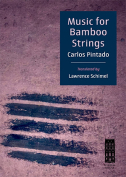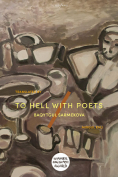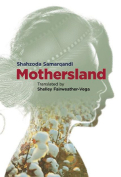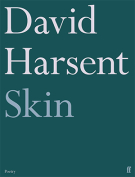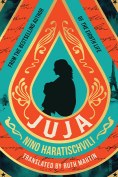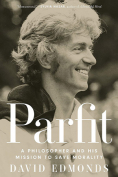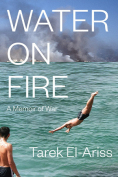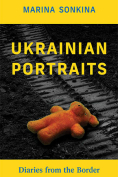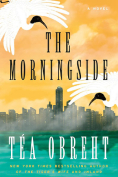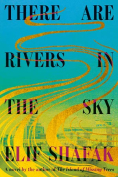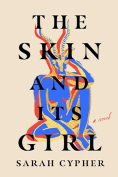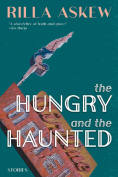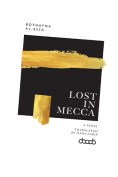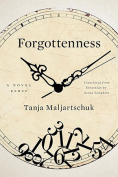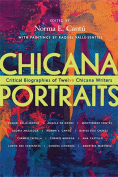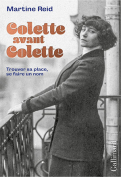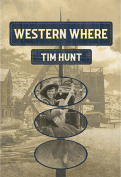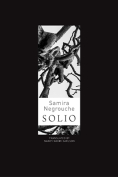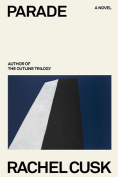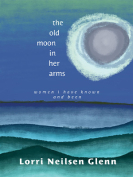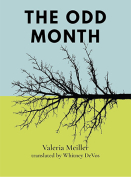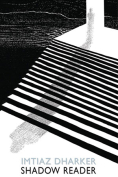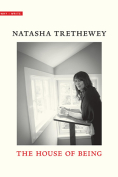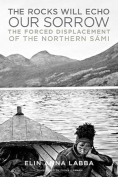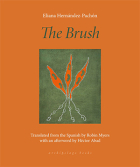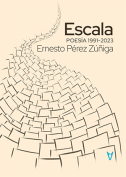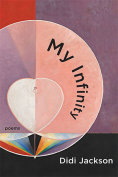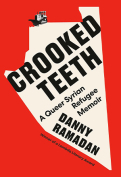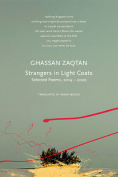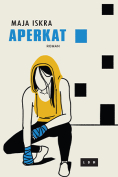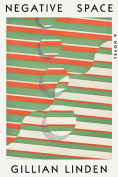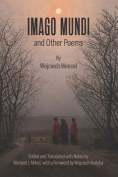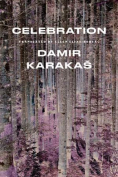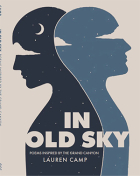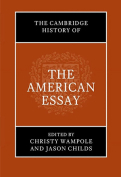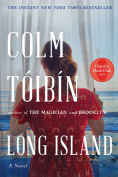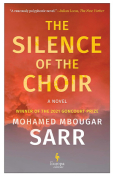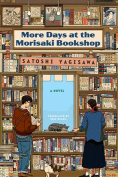The Cambridge History of the American Essay
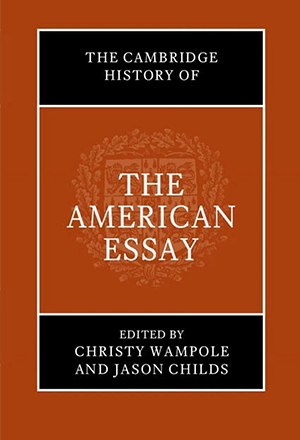 Cambridge, UK. Cambridge University Press. 2024. 718 pages.
Cambridge, UK. Cambridge University Press. 2024. 718 pages.
The scale of what’s being attempted here is impressive. As Christy Wampole puts it, “the volume spans roughly 310 years and over 3,000,000 square miles.” As such, “there are surely a few glaring omissions.” These, she says, are “hard to avoid.” In fact, omissions are a necessary and inevitable part of a project of this nature. What the editors and their thirty-eight contributors have produced is akin to a map of a large and complex territory.
As with any map, many things are left out. If everything were included, we would end up with an unwieldy facsimile. The surreal impossibility of such a thing—a map that has no omissions, that mirrors every detail of a landscape—is brilliantly illustrated in Jorge Luis Borges’s story “Of the Exactitude of Science” (in his collection A Universal History of Infamy). Maps are not copies of the world but readings of it that select, omit, and emphasize. They show enough features to aid our understanding and help us navigate our way, without bamboozling us by including too much information.
Wampole and her co-editor prove themselves to be expert literary cartographers. They and their contributors provide a series of lucid mappings that give readers a sense of perspective and orientation about a notoriously elusive genre. The book is organized into four parts that divide the ground that’s being surveyed according to a commonsense chronology:
The Emergence of the American Essay (1710–1865)
Voicing the American Experiment (1865–1945)
Postwar Essays and Essayism (1945–2000)
Toward the Contemporary American Essay (2000–2020)
Summarizing the thirty-nine chapters that constitute the outworking of this quadrant would clearly be beyond the scope of a review. Instead, taking a few soundings will, I hope, indicate something of the excellence of this wide-ranging study.
In his chapter on the periodical essay in the eighteenth century, Richard Squibbs makes creative use of the English poet Samuel Rogers’s slighting comment on Washington Irving. For Rogers, Irving’s essays were no more than “Addison and water.” Squibbs turns this dismissive quip into a useful insight: “The British periodical essay didn’t make its way across the Atlantic without getting roughed up in the voyage. But to imply that the water merely diluted the Spectator’s original potency misses what the salty new cocktail had to offer literary history.” From Jan Stievermann’s opening chapter, with its focus on what’s often seen as the first book of American essays, Cotton Mather’s Bonifacius (1710), to the final chapter—David Carlin’s “The Essay and the Anthropocene”—all of the contributors, in their different ways, give readers a taste of the salt of the American essay in the various guises it has taken over the years.
Inevitably, some chapters appeal more than others. Nevertheless, the book maintains a consistently high standard overall, whether the focus is on nature writing, the genteel essay, science writing, legal essays, essay films, literary magazines, Native American writing, pragmatism, multiculturism, newspaper columns, transcendentalism, the essay in American music, visual culture, lyric essays, or any of the other areas explored by contributors.
Walton Muyumba’s superb chapter on “Black Experience through the Essay” includes a quote from Ralph Ellison’s Collected Essays, where Ellison defines the blues as “an autobiographical chronicle of personal catastrophe expressed lyrically.” That could also act as a definition for many personal essays, not least those that deal with disability—the focus of a fine chapter by Anne Finger. Ellison’s comment also connects nicely to Cornel West, one of the essayists that Christy Wampole expertly brings into play in her chapter on “Social Justice and the American Essay.” West’s 2024 Gifford Lectures at the University of Edinburgh—given under the title “A Jazz-soaked Philosophy for our Catastrophic Times”—not only show the importance of orality and the sermon as precursors of the essay but also illustrate Wampole’s point about how West blends aspects of Christianity and democratic socialism through an impassioned subjectivity (see WLT, Nov. 2023, 49). It’s interesting to note how essayistic these Gifford Lectures were, how much they relied on autobiographical chronicling, and how lyrically the catastrophic was handled.
In his chapter on “The American Comic Essay,” which presents Mark Twain’s The Innocents Abroad as a key example of the essay in this form, David E. E. Sloane refers to the use of “cacography”—deliberate humorous misspelling—in the writing of some of the early practitioners whose work he examines. One suspects, however, that it’s just plain error, rather than some intentional ploy, that sees several contributors misspelling the name of an eminent American essayist, so that Phillip (two Ls) Lopate appears as “Philip.” Less obviously mistaken—but definitely questionable—is David Carlin’s casting of Barry Lopez as a “white male philosopher/adventurer.” Many readers of Lopez’s work, while acknowledging his whiteness, maleness, adventurousness, and philosophical turn of mind, are likely to view this as a curiously dismissive and ill-fitting sobriquet.
More seriously, for such a well-researched volume, the “Recommendations for Further Reading” are awkwardly arranged, rather careless, and with some strange gaps. Listing the Encyclopedia of the Essay, edited by Tracy Chevalier, in “Books,” rather than “Edited Volumes and Book Chapters,” is a bibliographical solecism. It’s not as if Chevalier authored this (excellent) thousand-page reference work. It has over 250 contributors. Joseph Epstein’s “Piece Work: Writing the Essay,” from his collection Plausible Prejudices, is credited to John Epstein. Since so many of the references in the “Anthologies” section are to volumes of The Best American Essays series, it would have been better simply to have listed these chronologically in a separate dedicated section—that way their considerable significance would have stood out. The current alphabetical arrangement under guest editors’ names—and interspersed with far less important anthologies—requires several corrections. There are errors in the listings for the 1986, 1997, 2011, and 2021 volumes. Clearly, it would be unreasonable to expect an exhaustive bibliography, but I was surprised to see no mention of The Edinburgh Companion to the Essay (2022) or of Patrick Madden and David Lazar’s After Montaigne: Contemporary Essayists Cover the Essay (2015).
“The history of American essayism,” says Wampole, “has been one of increasing access, an opening up of channels of expression to more and more kinds of people.” This widening inclusivity is reflected in the spread of contributors and in the perspectives they adopt. After reading their seven hundred pages of deliberation, surely few readers will fail to recognize what Wampole terms “the richness of the American essay” and the fact that its practitioners “have treated every subject, in every style, through every medium.” Her hope is that the volume will help scholars discover the work of essayists previously unknown to them, while essayists will find stimuli for new essays. Both these hopes will surely be fulfilled. This is a literary milestone for work on the essay form. Anyone who wishes to further their understanding of its vibrantly diverse American manifestations will find the Cambridge History an invaluable guide.
Wampole calls the essay one of the “most robust literary traditions” in the United States. Its vigor can be seen with pleasing clarity through the lenses supplied by this well-conceived and impressively executed study.
Chris Arthur
St. Andrews, Scotland
